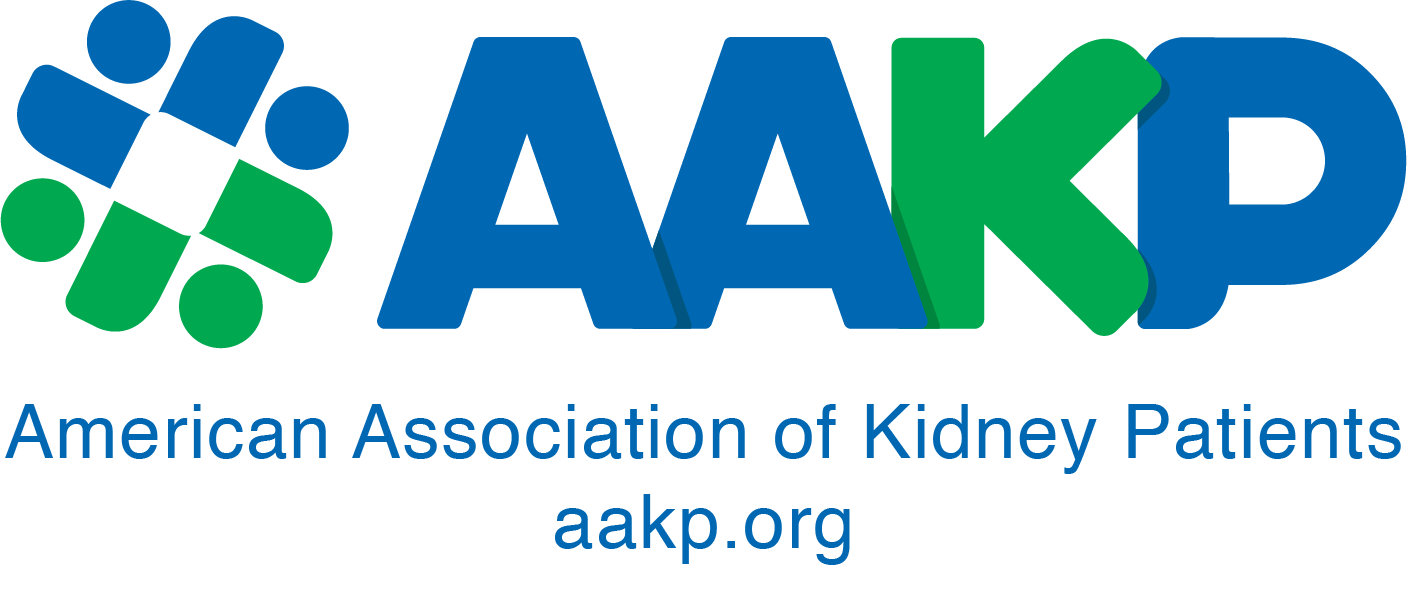Stephen Fadem, MD, FACP, FASN, AAKP Medical Advisory Board Chair
The influenza, more commonly known as the “flu,” is a virus that mostly affects the respiratory tract. It is transmitted by tiny droplets of moisture from person to person through coughing, sneezing, or even talking. For most people who contract the flu, their symptoms are mild, characterized by fever, achiness, headache, cough, runny nose, and fatigue. Most people recover within a week. Senior persons and individuals who are immunocompromised, such as those with kidney disease and many other chronic diseases, along with individuals with chronic lung, heart, liver, autoimmune, hematological, or malignant disorders, may be at a higher risk to become more severely ill from the flu. Influenza is more prevalent in individuals younger than 50 years of age, although deaths and hospitalizations are higher in the elderly and high-risk populations. Providers, both household and healthcare personnel, have the potential to expose vulnerable individuals to infections.

According to the Centers for Disease Control and Prevention (CDC), flu activity for the 2020-2021 season was the lowest since surveillance began in 2005. This was likely secondary to the enhanced efforts to reduce the spread of COVID-19 through the use of face coverings, social distancing, school closures, staying at home, reducing travel, and encouraging more attentive handwashing. Despite this, the Advisory Committee on Immunization Practices (ACIP) recommends that all persons over six months of age who do not have a contraindication get the flu vaccine in October and November of this season. The flu season usually peaks in February.
The flu shot is a vital way to protect the population from becoming ill or developing a complication. This is critical for those who are vulnerable, such as kidney patients. It is estimated that in 2017-2018, the vaccine prevented an estimated 7.1 million illnesses; 3.7 million medical visits; 109,000 hospitalizations; and 8,000 deaths.
You will hear of influenza type A and type B. There are four types of influenza, but types C and D rarely affect humans. The A viruses mutate easily and can live in other animals such as wild birds. Each year, a new vaccine formulation is developed. The B strains do not change as much. The two most common flu strains are the Victoria and the Yamagata, with most cases resulting from the Victoria strain. ACIP is a group of medical experts who regularly review scientific data on vaccines and make recommendations to the CDC. Their counterpart at the World Health Organization (WHO) is the Strategic Advisory Group of Experts (SAGE).
Vaccines can either be trivalent, which means it protects against the three most common sources of influenza, or quadrivalent, meaning it protects against four types of viruses. All vaccines contain two influenza A viruses (A [H1NI] and A [H3N2]). While the quadrivalent contains influenza B viruses from the Yamagata and Victoria lineages, the trivalent only contains a virus from the Victoria lineage. Thus, the quadrivalent vaccine provides broader protection.
The vaccinations can be grown in eggs, recombinant-based (not grown in eggs), or live but weakened. Most vaccinations that will be available in the U.S. will be quadrivalent this season.
If individuals have any history of suffering a severe allergic reaction to any part of the flu vaccine, they should speak with their doctor as it may be harmful to them. The live, weakened flu shot is not recommended in children age two through four years with asthma, nor for adults or children who are immunosuppressed or immunocompromised. This version of the flu vaccine is also not recommended in patients with kidney disease, diabetes, and other medical or metabolic disorders. In people with active COVID-19 infections, it is recommended that the flu vaccine should be delayed until the person has recovered. The recombinant (not egg-based) vaccine can be given as an alternative to those who have severe egg-based allergies. If egg-containing vaccinations are used in persons with a severe allergic reaction, they should only be administered in an inpatient or outpatient medical setting and supervised by healthcare providers who can recognize nd manage severe allergic reactions.
There are several flu vaccine formulations that are available for the elderly. These include the high-dose HD-IIV3 (Fluzone High-Dose), the adjuvanteda IIV3 (Fluad), and the recombinant (not egg-based) quadrivalent RIV4 (Flublok Quadrivalent). Older adults who contract the flu are especially vulnerable to severe illness, hospitalization, and even death. When compared in the elderly population with the standard-dose, nonadjuvanted IIV (SD-IIV3), HD-IIV3 (Fluzone High-Dose) has shown superior efficacy. High-dose (HD-IIV4) and adjuvanted quadrivalent (aIIV4) are expected to be available this season, but comparative data is not available.
The inactivated vaccine (IIV) and recombinant quadrivalent (RIV4) are recommended in those who are immunocompromised. The live, attenuated (weakened) vaccine (LAIV4) is not recommended.
Individuals diagnosed within the last six weeks with Guillain-Barre Syndrome should not receive the flu vaccine[1].
Dialysis and transplantation patients should receive the flu vaccination. Although high-dose vaccination is recommended in the elderly, there has not been data to strongly support its use in dialysis. The high-dose vaccine was found to have significantly lowered the hospitalization rate in the 2016, but not the 2015 season. There were no other differences in the death rate[2].
In conclusion, as the flu season is approaching, please keep in mind the following:
• Individuals with kidney disease are at a higher risk to have more severe complications if they contract the flu.
• The flu vaccination has been recommended by the CDC.
• Those over 65 should receive the high dose flu vaccine.
• The live flu vaccine version is not recommended for individuals with kidney disease.
[2] Miskulin DC, Weiner DE, Tighiouart H, Lacson EK, Meyer KB, Dad T, et al. High-Dose Seasonal Influenza Vaccine in Patients Undergoing Dialysis. Clin J Am Soc Nephrol. 2018;13(11):1703-11.
Resource: ACIP recommendations for the routine vaccinations recommended for chronic kidney patients (https://www.cdc.gov/vaccines/pubs/downloads/dialysis-guide-2012.pdf).
Dr. Fadem is a champion for Chronic Kidney Disease education. He is a Clinical Professor of Medicine, Baylor College of Medicine, Section of Nephrology. Dr. Fadem attended Tulane University and graduated from the University of Oklahoma College of Medicine. After he completed his internship and residency at the University of Texas Health Science Center – MD Anderson and Hermann Hospitals, he did a renal fellowship at the University of Texas Health Science Center, San Antonio. Dr. Fadem was one of the first doctors to discover the value of the Internet for patient education, and founded several websites dedicated to public service and the dissemination of clinical information including The Nephron Information Center, Wikikidney, Touchcalc, and dialysisunits.com. He has participated heavily in the development and revisions of numerous AAKP patient education materials including the AAKP Patient Plan series and the AAKP Kidney Beginnings: A Patient’s Guide to Living with Reduced Kidney Function. Dr. Fadem is the recipient of the National Kidney Foundation’s Distinguished Service Award, the AAKP Visionary Award, the AAKP Peter Lundin, MD Award, the AAKP Medal of Excellence and the President’s Volunteer Service Award. Dr. Fadem is listed in America’s Top Doctors. He serves as editor of aakpRENALIFE magazine, and as historian for AAKP.
This article was originally published in aakpRENALIFE, Sept/Oct 2021.























